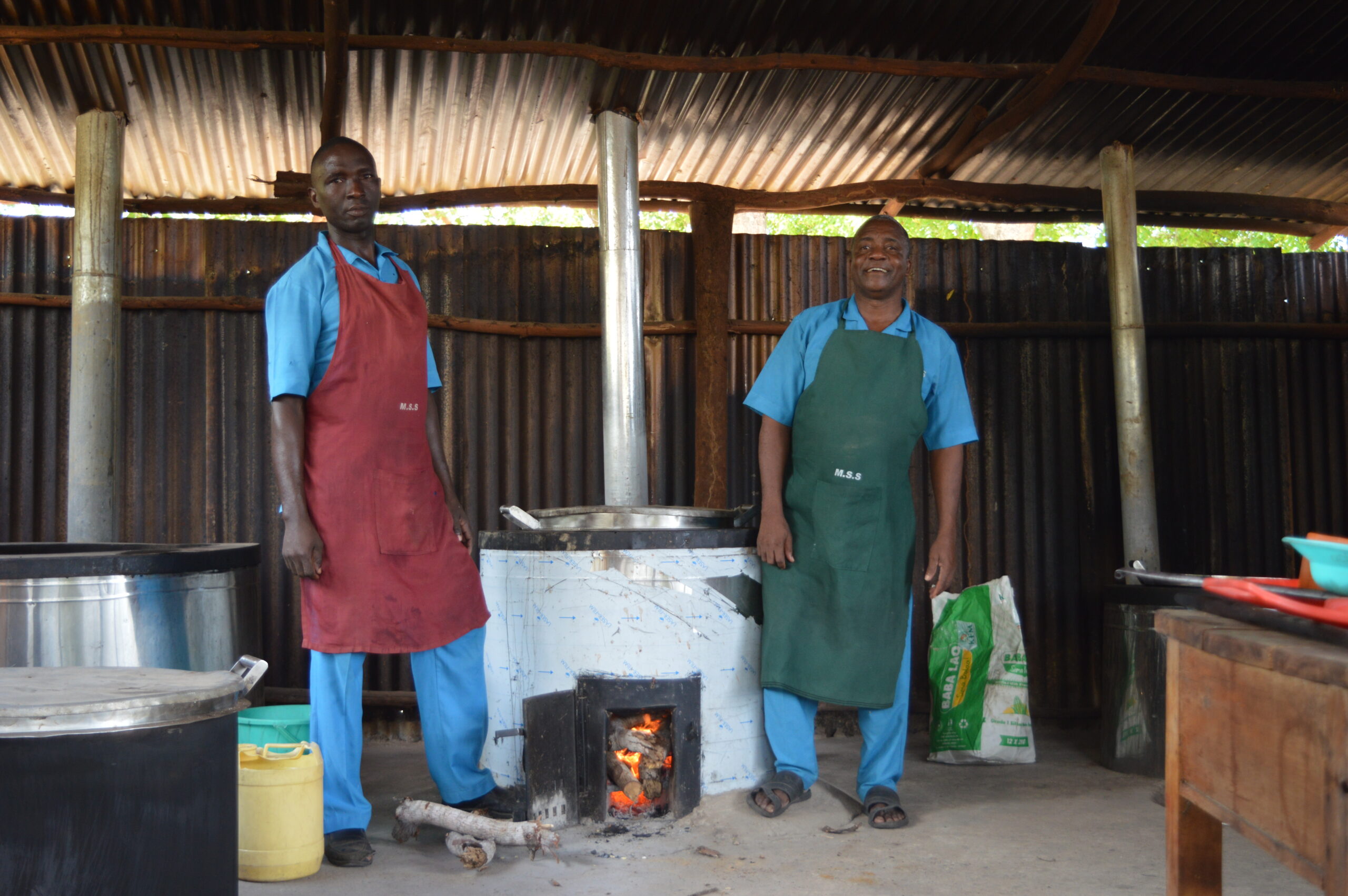A story of hope.
Someone once asked, “As a Christian Conservation Organization, what are you doing in the face of all this destruction? Are the efforts you are putting in enough? Is it worth it? “. I remember leaning back, smiling because the answer to those questions seemed so apparent. The truth we all need to agree on is that God’s perfect creation is under constant destruction, pollution, and misuse. Biodiversity is under threat. What was once unique in our lands and oceans is now traded cheaply for easy cash and quick gains. For instance, Arabuko-Sokoke forest(ASF) initially ran from Somali to Mozambique. Due to continuous destruction over the year, the forest has been reduced down to small patches. A Rocha Kenya in partnership with other conservation organisation is working to conserve this forest. 
Over the past year, we are delighted to partner with Kenya Community Development Foundation(KCDF) in our push to protect the ASF. This KCDF project will be running under our Arabuko-Sokoke Schools And Eco-Tourism Scheme( ASSETS) program for 3 years. ASSETS as an arm of A Rocha Kenya. It focuses on 3 main things; Conservation, Education, and Environmental Education. The KCDF project focuses on 2 of these aspects; Conservation and Environment Education. Through the funding from KCDF, we have been able to and still hope to;
1. Realize increased forest cover and Ecological Integrity of ASF restoration programmes. This has been achieved in two main ways. These are;
a) Providing water tanks in schools to help in watering tree nurseries. These trees are then planted in schools or in the homes of parents and students involved in the planting. We are currently working with six schools. So far , 7,367 trees have been planted in schools and homes.
b) Carrying out reforestation in forests like Mida Creek and Arabuko-Sokoke Forest. The trees are grown in nurseries and then replanted in the places where they have been severely cut down. 1,513 indigenous trees were planted in ASF and 1200 mangroves in Uyombo -the larger Mida Creek.

Tree nursery at Mijomboni Primary School
- Increase community appreciation and proactive participation in the conservation of Arabuko-Sokoke Forest. This is done through creating awareness, Environmental Education, market cleanups, and De-snaring activities. We were able to carry out 3 de-snaring activities and 3 market cleanups over the last year.
a) De-snaring involves going for patrols in the forest. Through this, we get to see the extent of damage already done, remove snares placed for animals and possibly arrest loggers and poachers( which happened in one of the de-snaring activity- two men were caught cutting near-threatened tree species).

Community members and Rangers going for a De-snaring activity
b) Market cleanups are done through linking up with a local school and cleaning the local market close by. We collected a total of 16 sacks of hard plastics which were taken for recycling. The soft plastics and papers are burnt in suitable places to reduce pollution.

Market cleanup
- Reducing forest disturbance through the provision of energy-efficient cookers and alternative wood sources for the communities around ASF. This has been achieved through providing energy-saving Jikos, fireless cookers, and solar lanterns.
a) At the end of our first partnership year, we had given 20 lanterns to 20 families surrounding the ASF. This has in turn helped in reducing firewood usage since the lanterns provided alternate lighting means. In addition to that, paraffin pollution and related health issues are also evaded. Students can easily do their studies back at home and finish their homework in time.

The solar lanterns
b) In addition, 23 community members were fully trained on making the fireless cookers and how to use them. 15 of them have fully functioning cookers. These cookers greatly reduce the amount of firewood needed. The food is partially cooked using firewood and then placed in the fireless cooker. Firewood is no longer needed as the food is cooked using the retained heat. No smoke issues, the food can stay warm for several hours, no excessive wood usage leading to reduced forest destruction.

Gladys showing her fully functioning fireless cooker.
c) At the end of the first year, a total of 8 Energy saving Jikos were installed in different learning institutions. Three primary schools, three secondary schools, and 2 vocational training centers around ASF. These cookers use less firewood, they are easy to use, faster, and with little to no health associated issues.

Fully functioning Energy saving Jiko in Mida Secondary School
So to answer the question, what are we doing? We are doing the best we can. The above is just a few of the many projects we are undertaking to conserve God’s creation. Is it enough? No, but it is something, with your help we can do even more and cover many more areas. We have a lot of projects and ideas that need your help to work even better. To see how you can be involved, please visit here. Is it worth it? Absolutely. We need to protect this creation if we want to have it around tomorrow. We can’t survive on our own, we need these forests. And they can’t survive on their own, they need us!
